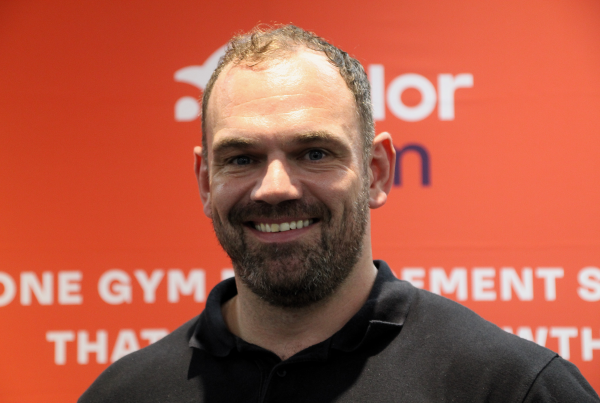By Jennifer Saxon, Senior Director of Corporate Marketing at MINDBODY
MINDBODY recently commissioned research that gave some fascinating insights into how and why people exercise or – perhaps more interestingly – don’t exercise.
The most alarming fact to come out of the research was probably that a quarter of adults (25%) surveyed said they never exercise at all or – if they do – it’s less than once a month. (‘Exercise’ here being defined as the equivalent of just ten minutes brisk walking per day).
However, the research also found that adults in Britain who never exercise or don’t use fitness classes would be encouraged to attend fitness classes at a gym more often if they found a class that they enjoyed more (22%), if classes had more flexible timings (15%), and if they had the option of visiting different gyms so that they weren’t tied to a single location (7%).
Of those who never exercise, women (32%) are slightly more likely to attend a fitness class than men (20%) but the results suggest this number could be higher if fitness studios and gyms created an environment that was more user-friendly. Women say they are more likely than men to feel embarrassed when exercising with others.
So, what does all this research mean? Well, clearly one of the lessons for gym and health centre owner/managers is that when it comes to attracting people into a fitness class, one size most definitely doesn’t fit all. A more tailored approach might help bring in a different category of people to the gym – people who want to be more active, but who don’t want to just spend time on a treadmill or a bike.
If you want to attract more women, you might want to look at changing the environment to be more welcoming and less intimidating, for example, having women-only areas or classes.
If you want to attract younger people, you might find ways to make classes more affordable. For example, offering different pricing levels for off-peak times of the day or week, or offering a financial incentive for people to bring along a friend. Gyms that allow a more flexible class booking system might also encourage some under-represented categories of users such as mothers with pre-school- children.
Gym owners have a crucial role in promoting exercise to as many people as possible by creating an enjoyable and stress-free environment and part of this is helping clients to overcome their individual barriers to exercise. For example, mirrors everywhere are great for those that exercise a lot but can be very intimidating for those new to a gym.
No time, no energy, boredom or just feeling self-conscious – whatever the reason for not exercising, a good start is for fitness professionals to openly discuss individual barriers with their clients and then find some practical ways of overcoming them.

More People More Active More Often




